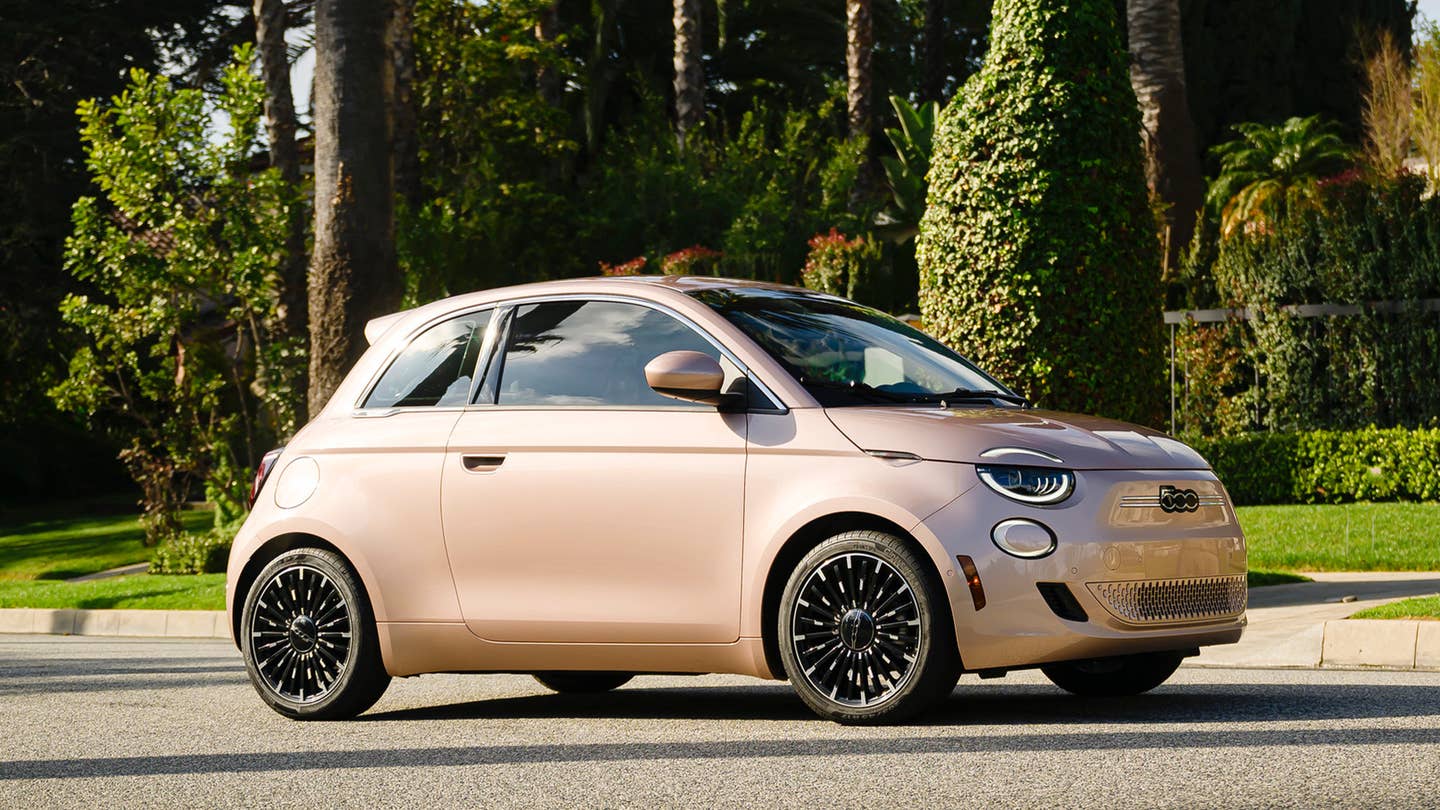The automotive giant has long been publicly skeptical about full battery power, but in some cases, it has a point.

The report covered a lot of ground, but its guiding question was “How will our planet accommodate the mobility needs of 8 billion people?” The answer proved to be pretty complex.
Some results were predictable. Three of four respondents globally described themselves as “ready to change” their transportation habits, but far fewer had actually started doing so in a profound way—less than 10%. On average, older buyers and people in rural areas were more skeptical of greener transportation like EVs, while young people in cities were more inclined to go that route. Younger and more urban populations were also more willing to give up “driver-only” transport like cars and motorcycles in favor of mass transit. So far, straightforward.
Those results were dependent on wide-spectrum averages, however. Drill down, and the data gets complicated. The U.S., for example, was singlehandedly responsible for dragging down the overall percentage of older people willing to transition to mass transit: At just 24%, American Boomers were not having it. Older respondents in every other country were as pro-mass transit as younger ones. In Brazil, India, and Morocco, elders led the charge, with 70-80% of older people ready to give up their cars in favor of mass transit.
The question of which stakeholders had the most power to drive change to greener transportation also came with distinct national divides. Everyone placed the government in the top three, but other opinions differed. France and the U.S. ranked corporations as major players. Brazil and Morocco favored the media. India put young people at the top of the charts.
In short, if there is a simple, data-driven answer to the question of “are EVs the future?” this survey doesn’t have it. Instead, it’s a neat, well-presented summary of the complexities a global brand like Stellantis has to navigate to turn a profit.
Got tips? Send ’em to tips@thedrive.com


